Year 1 Number and Place Value Worksheets
Compare Numbers to 20
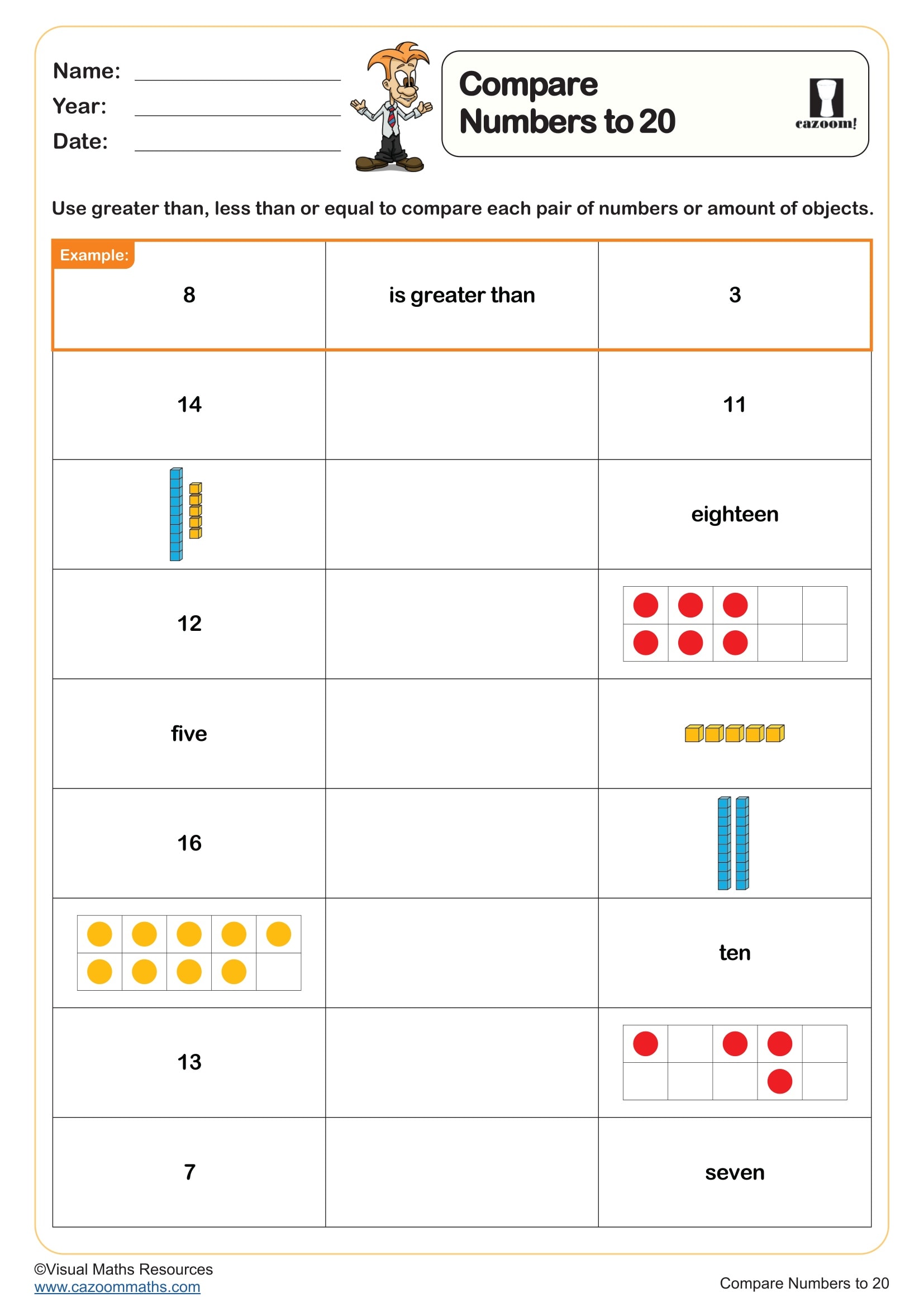
Comparing Numbers to 10
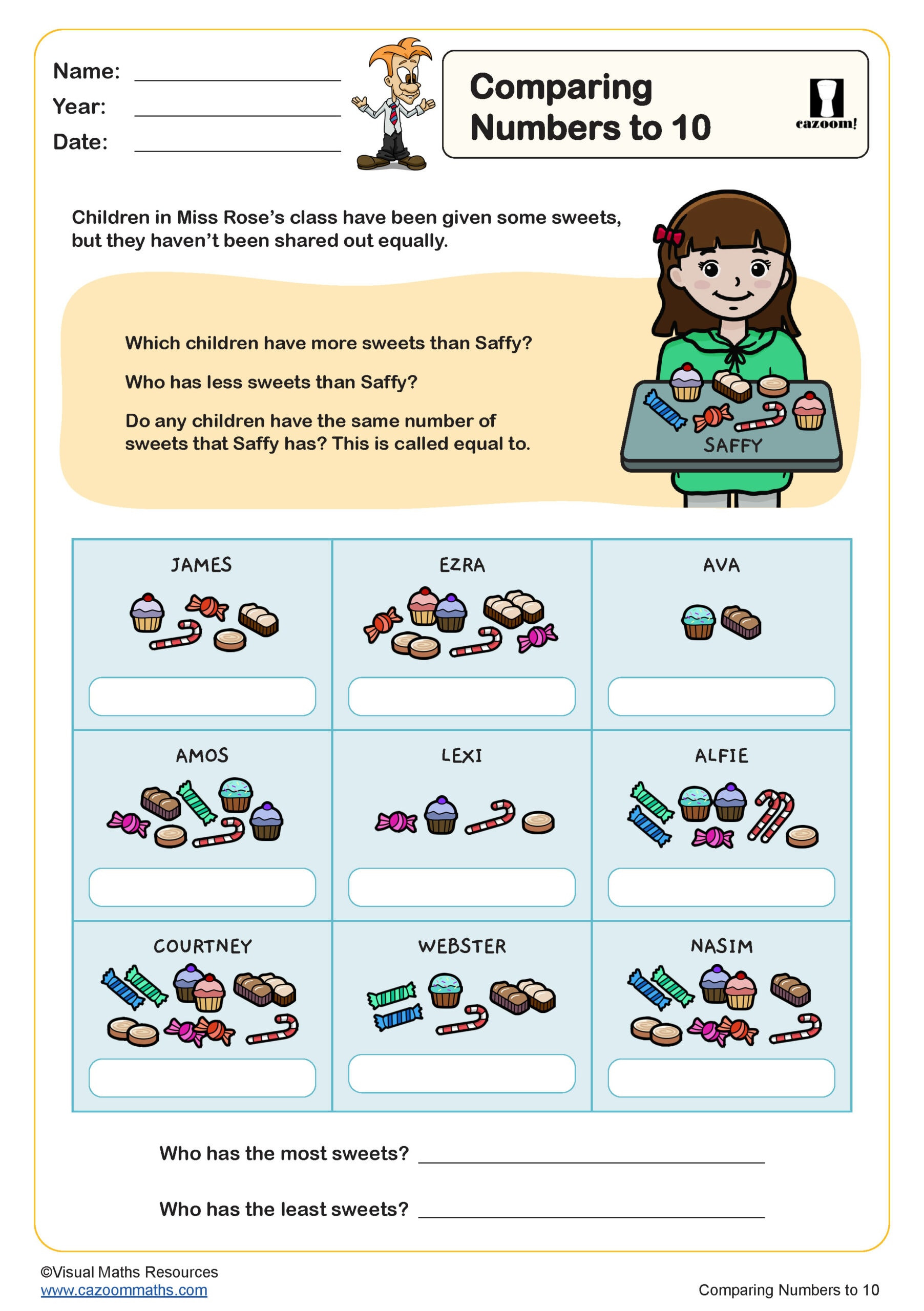
Count in 2s Maze
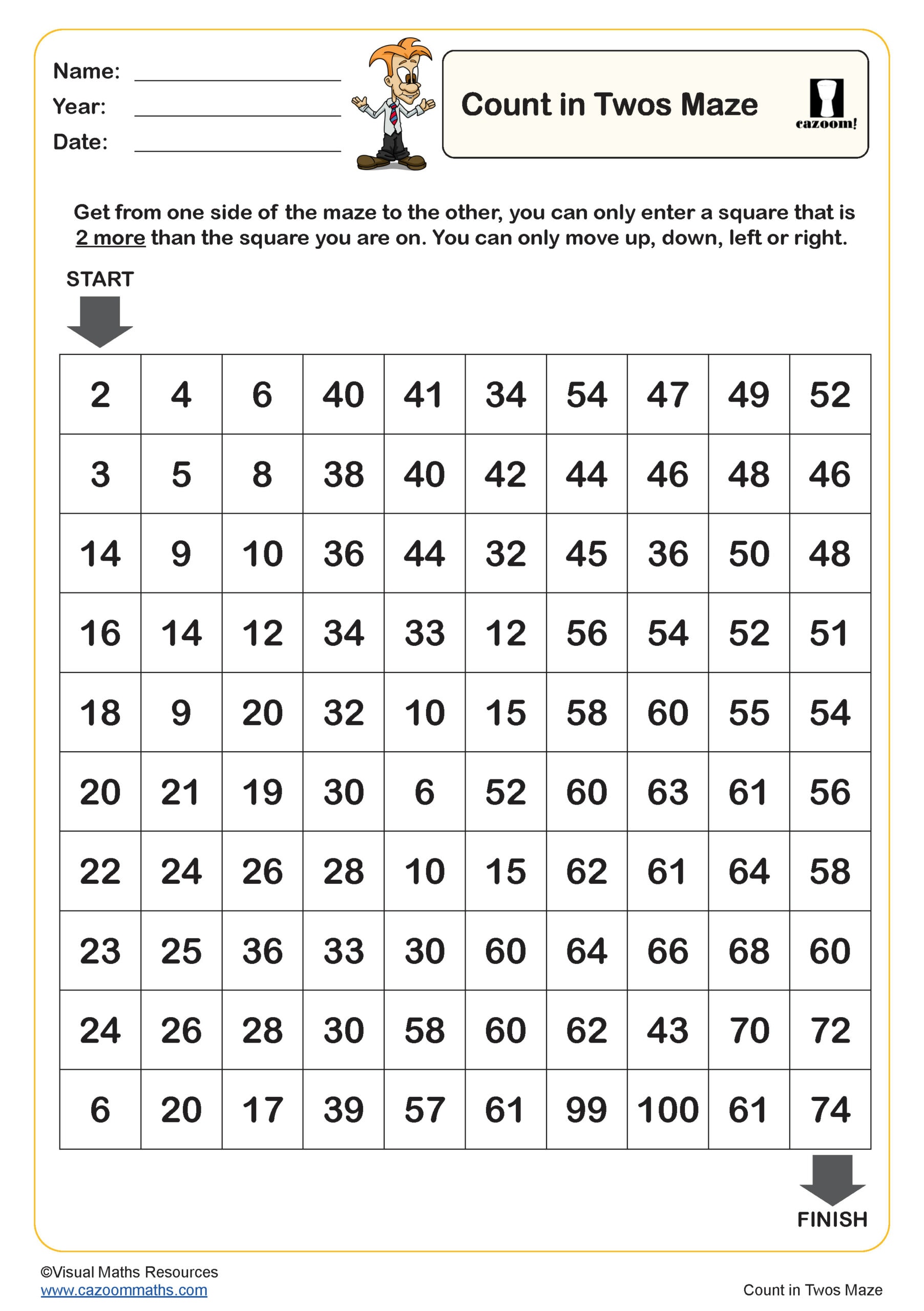
Count in 5s Maze
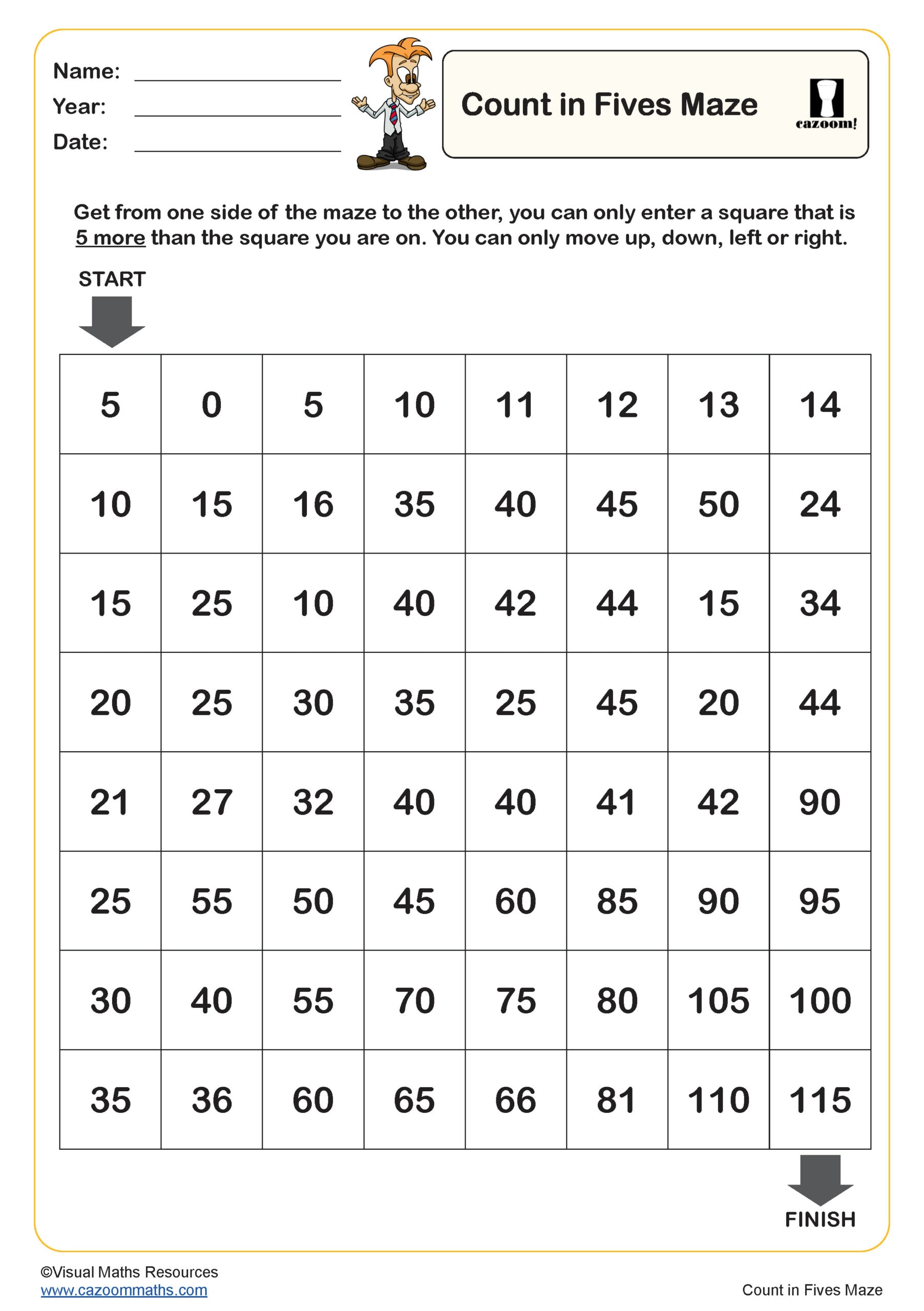
Count In Twos Maze (Odd Numbers)
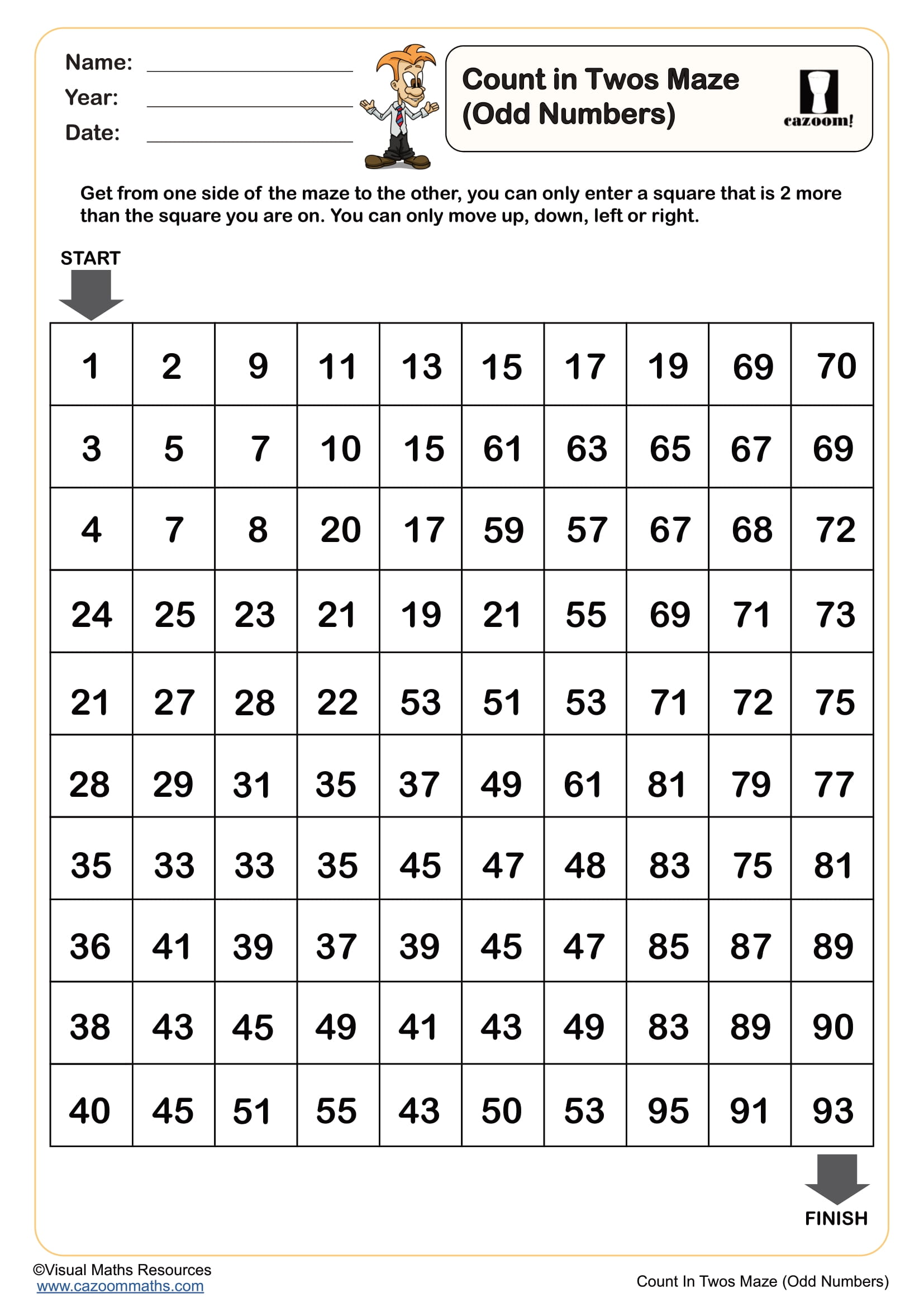
Counting Forwards and Counting Backwards

Counting Objects
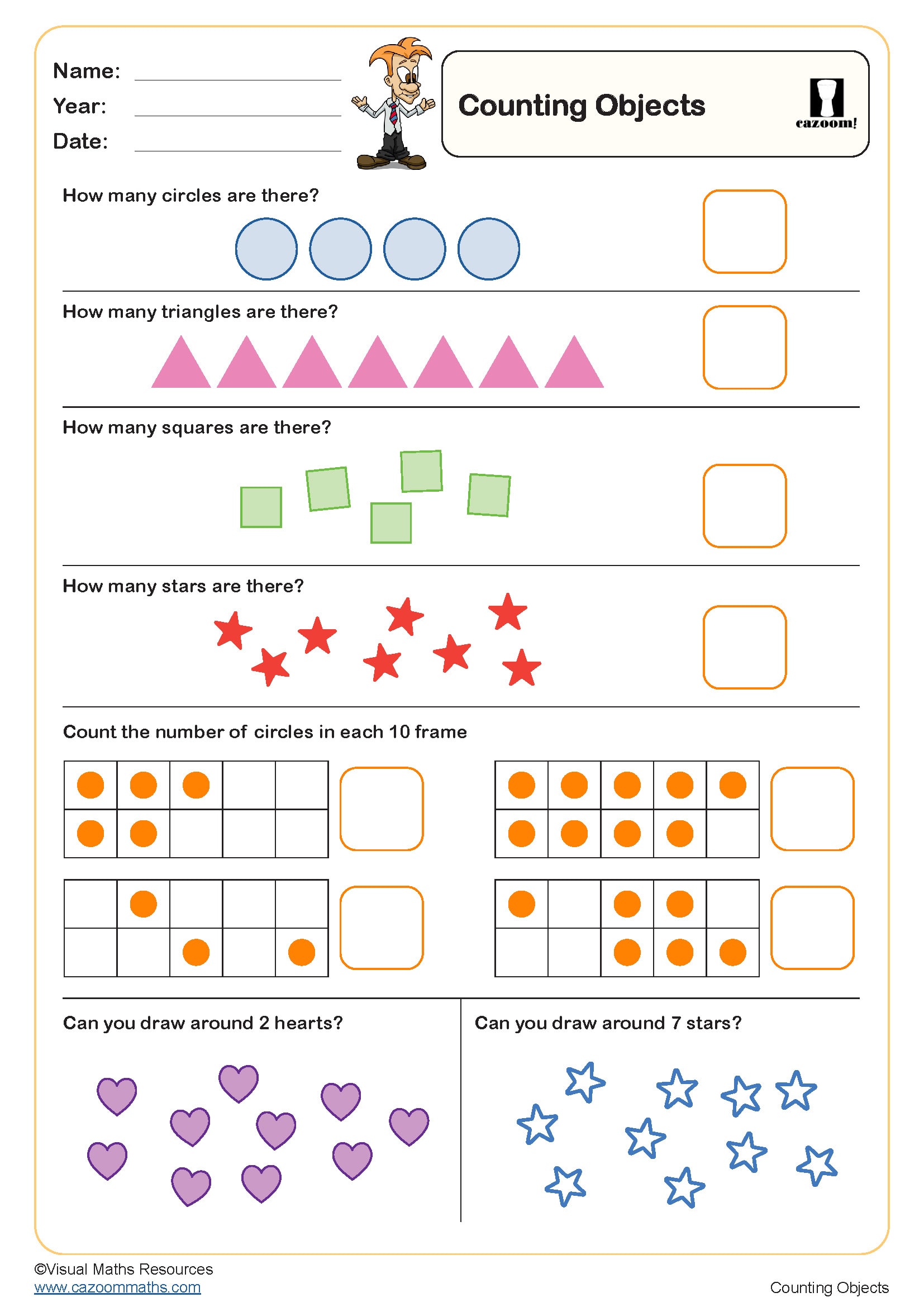
Numerals and Words (up to 10)
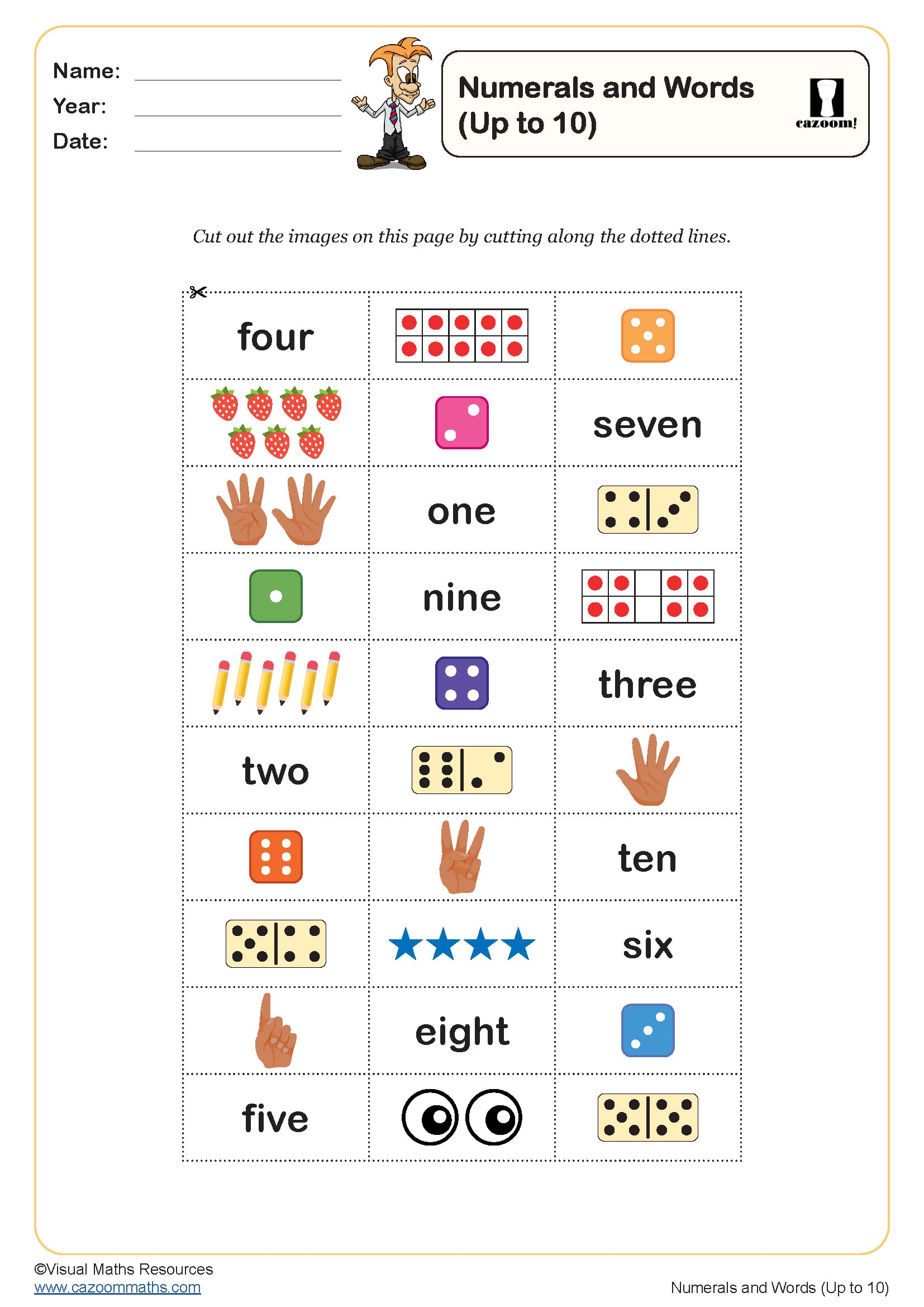
Numerals and Words (up to 20)

One More, One Less
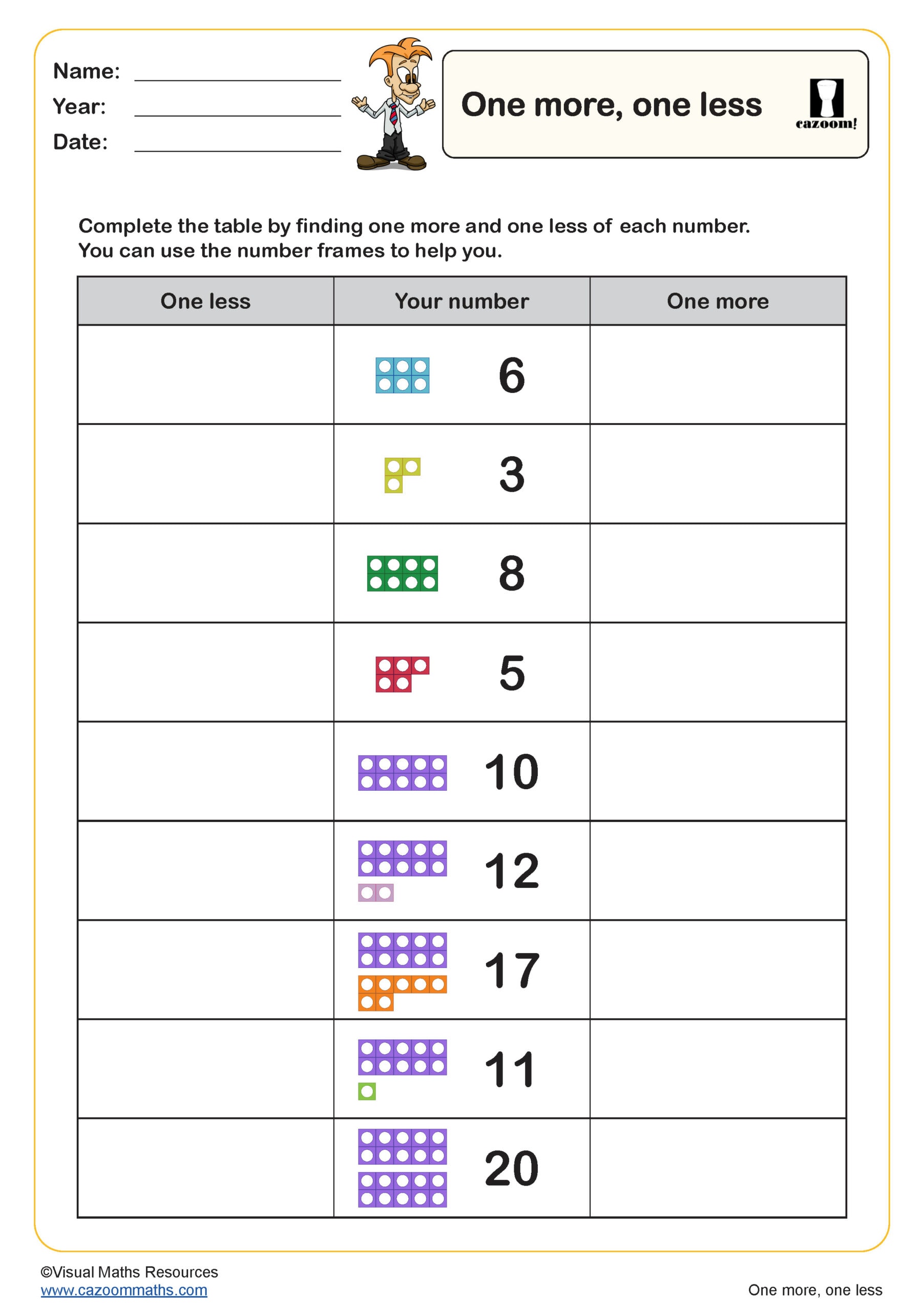
Skip Counting (count in 10s)

Skip Counting (count in 2s)
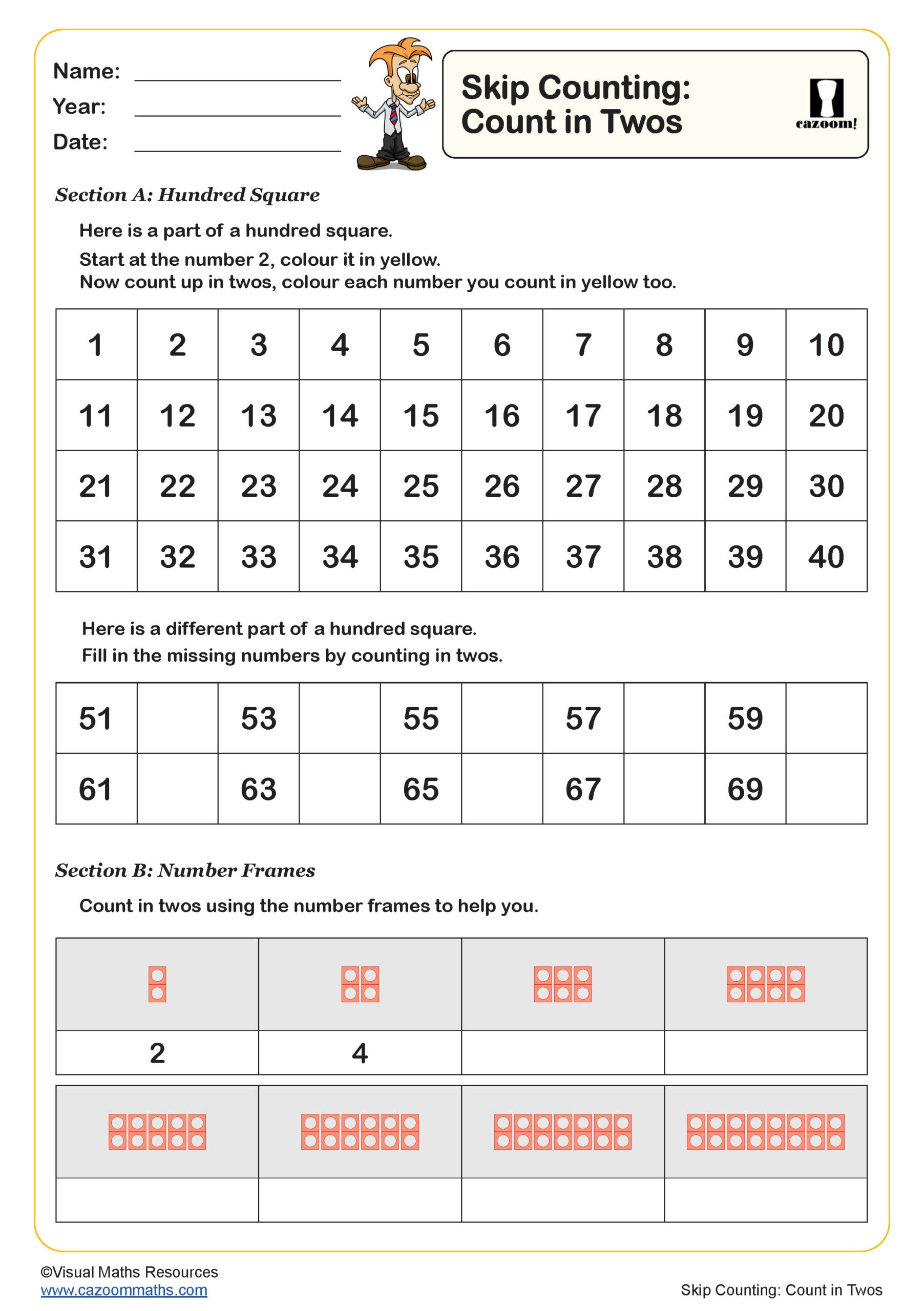
Skip Counting (count in 5s)

Skip Counting: Count In Twos (Odd Numbers)
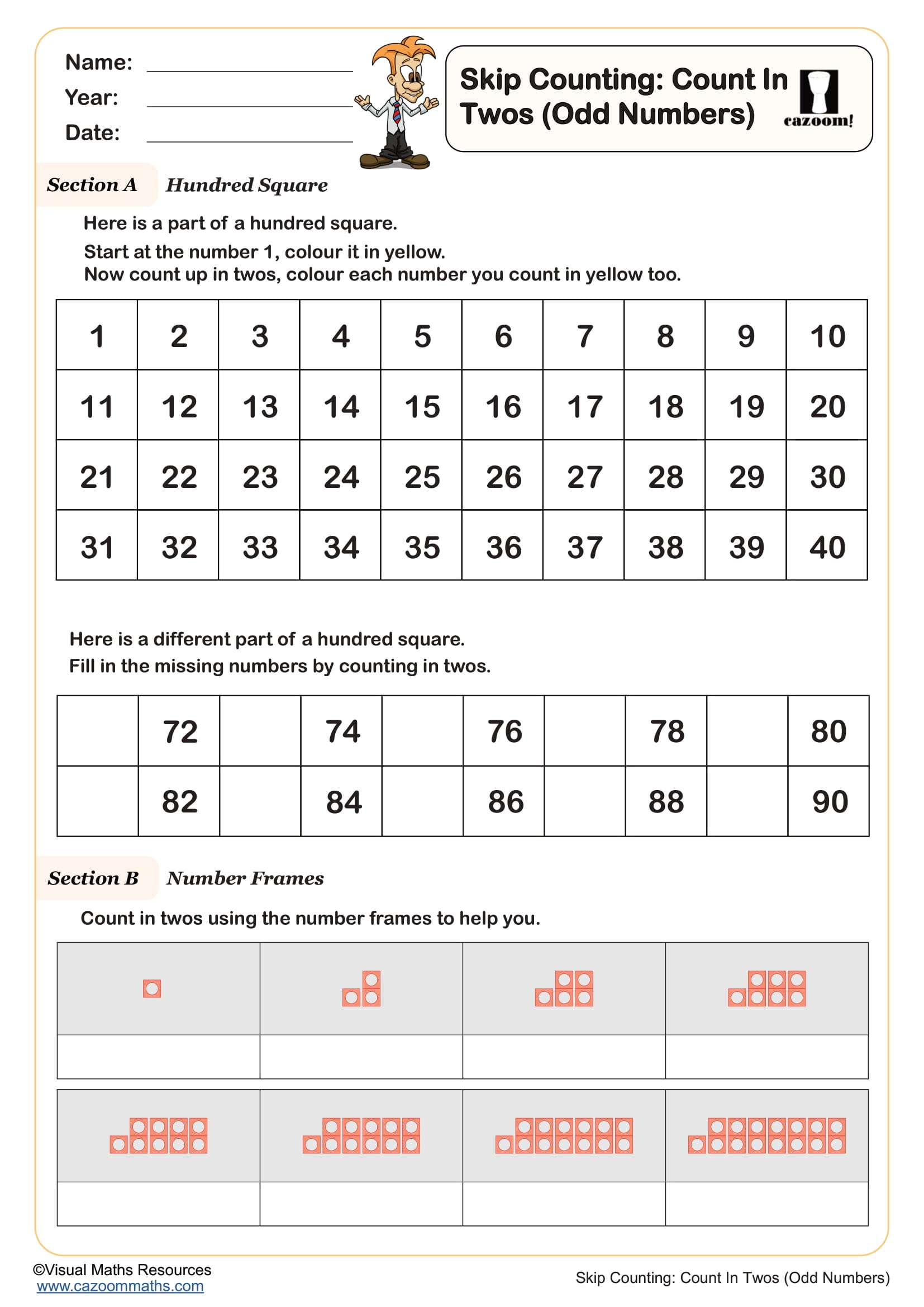
The Number Line (to 10)
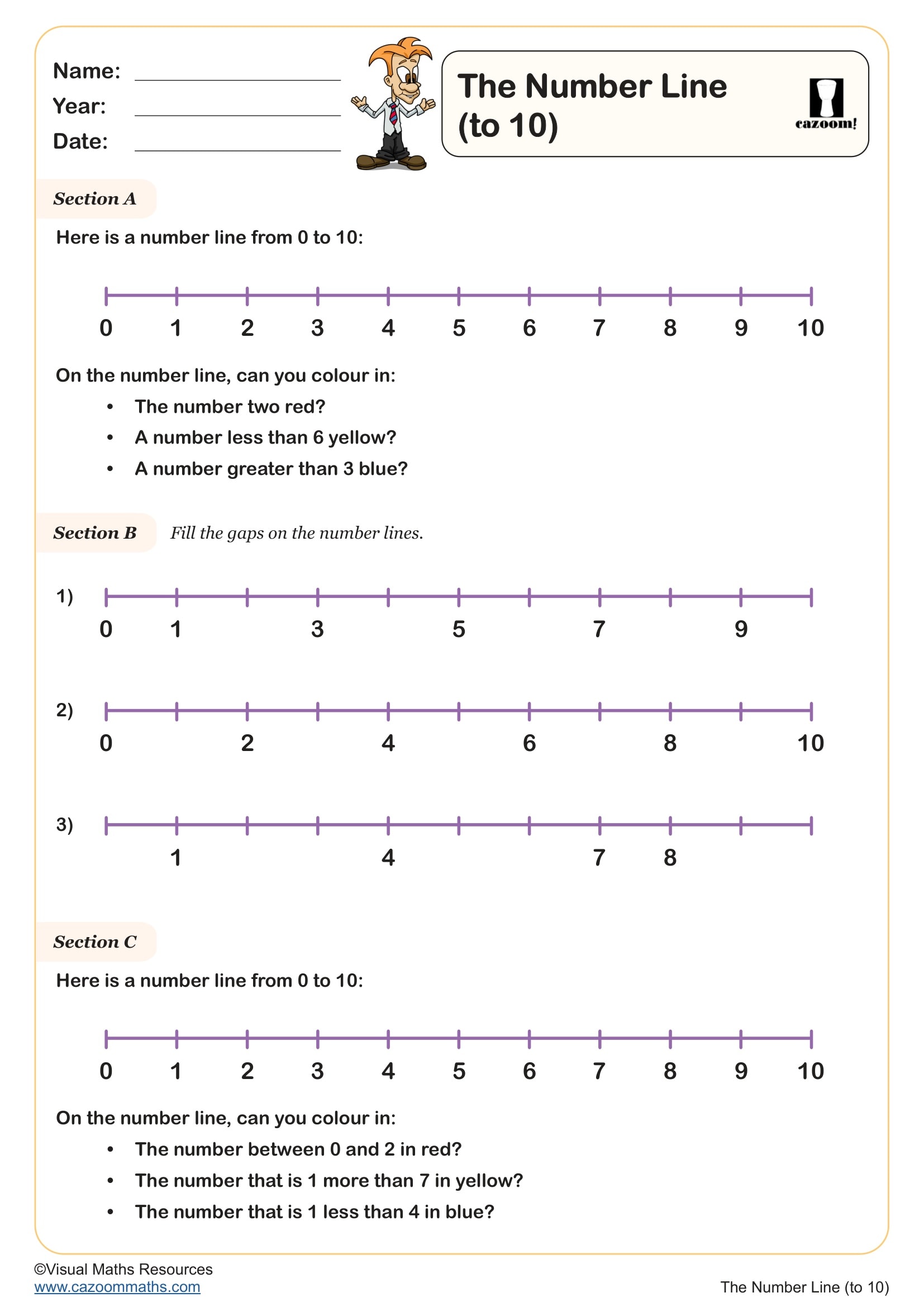
The Number Line (to 100)
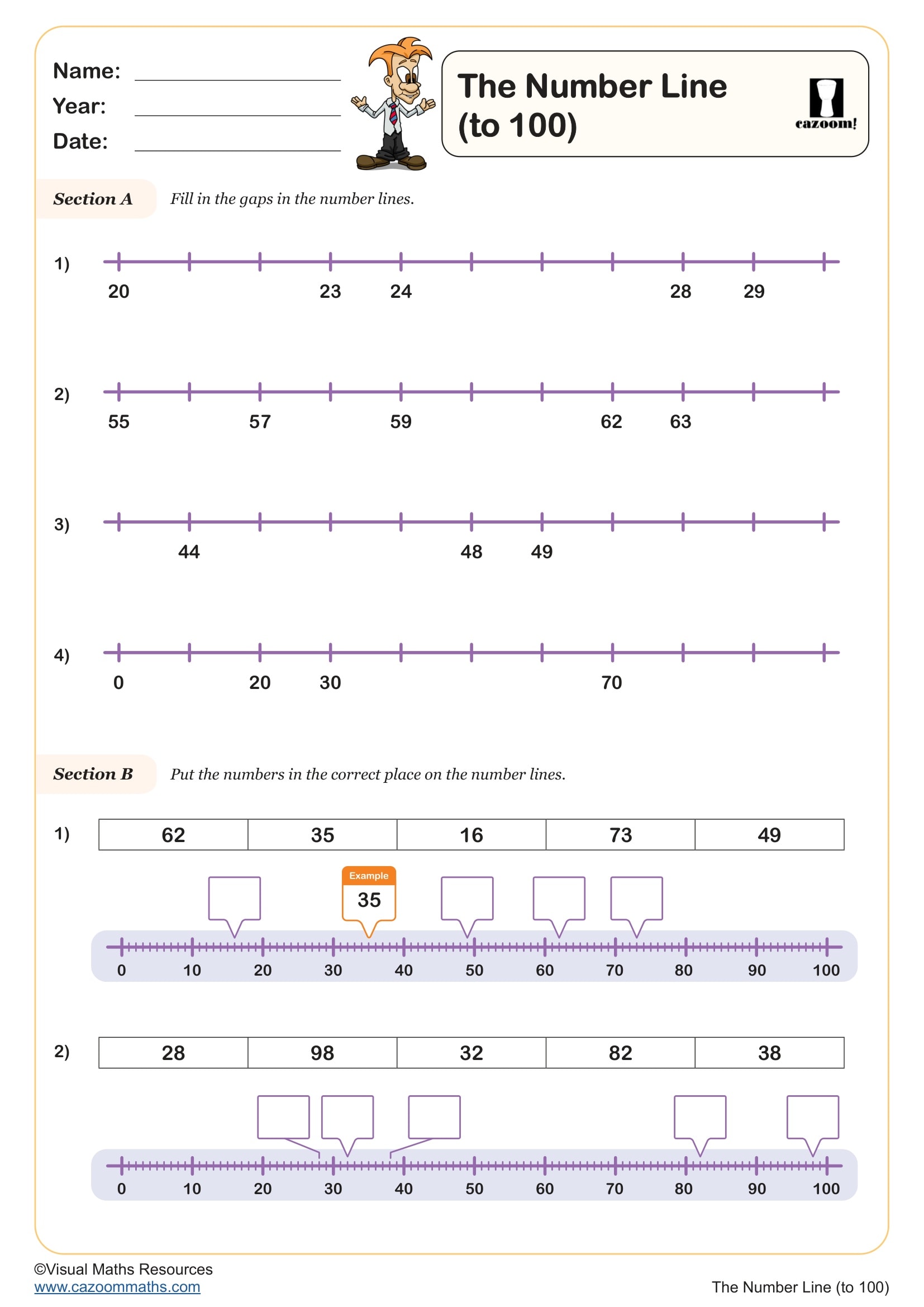
The Number Line (to 20)
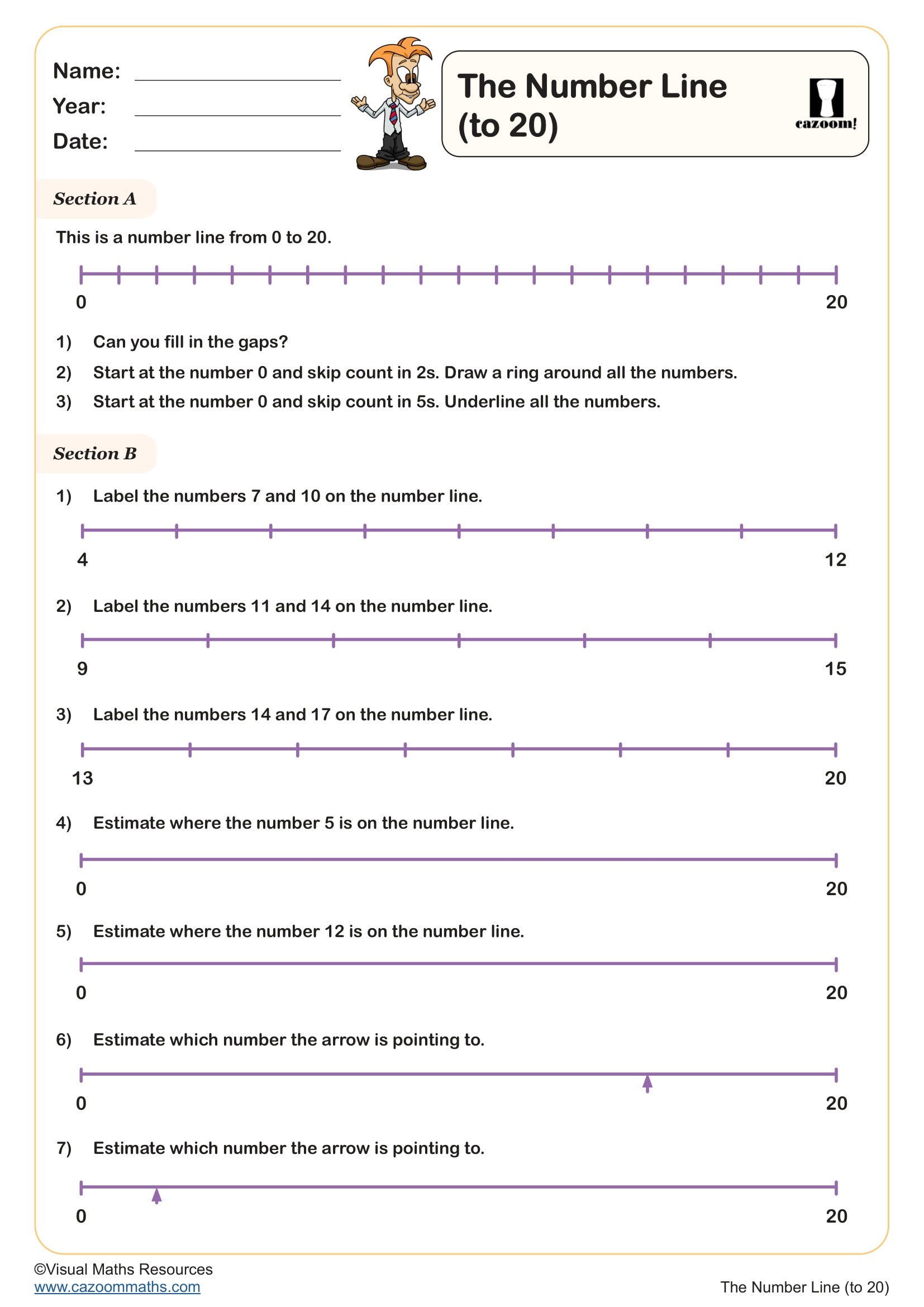
Printable Year 1 Number and Place Value Worksheets PDF
Check out and download our KS1 number and place value worksheets pdf which will improve your students' knowledge of basic number concepts with the help of visual aids related to simple number activities, for example- Compare Numbers to 20, Numerals and Words, The Number Line, Count In Twos Maze, and many more. All of our basic number resources are specially custom-made in printable PDF format, and all of these resources include separate answer sheets to facilitate the easy checking process.
What Is Number and Place Value in Mathematics?
Number and place value in Year 1 mathematics uses concrete objects and pictures to make number concepts easier for young learners. Place value worksheets help children understand how numbers are built through hands-on counting activities and colourful illustrations. For example, when learning about the number 15, children might use ten blocks and five units, or picture objects on their KS1 maths worksheets. Students start by counting individual items, then grouping them into tens and ones to understand the number structure. This visual number method supports different learning styles and builds strong mathematical foundations for Year 1 pupils effectively.
Why Are These Resources Important
Number and place value worksheets support different learning styles and make maths accessible to all children. Many young learners understand number concepts better when they see concrete representations first. These resources build confidence before children move to abstract number work alone. Visual learning helps children remember number facts more effectively through memorable images and number patterns.
• Support different learning styles.
• Make abstract number concepts concrete.
• Build confidence in learners.
• Improve memory through visual number work.
Real-Life Maths Problems Using Number and Place Value
Children naturally use number and place value skills in everyday situations before learning abstract number methods. Counting pocket money, ages, or house numbers involves place value skills in practical contexts. Shopping experiences provide real opportunities to understand number values using visual counting techniques. These natural learning moments reinforce the number and place value skills developed through worksheet practice.
• Counting money and pocket money
• Understanding ages and dates
• House numbers and addresses
• Every day counting and number situations